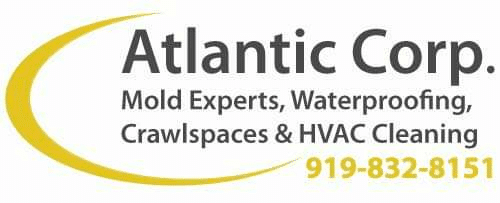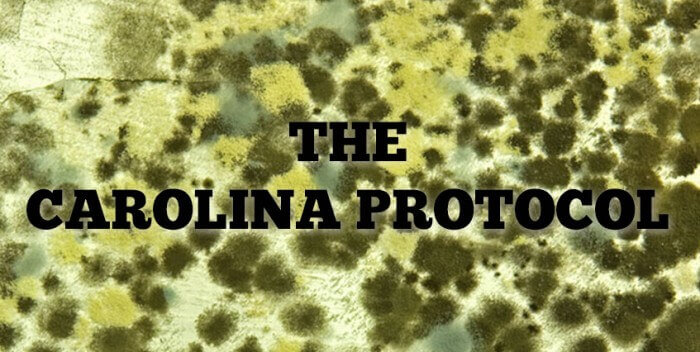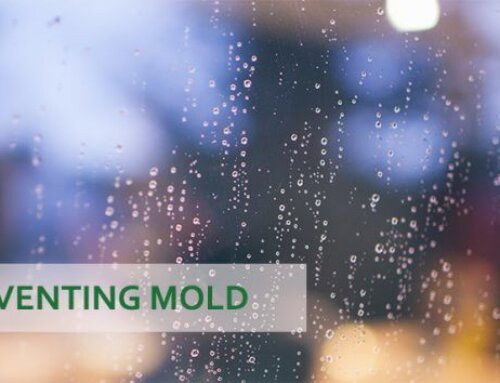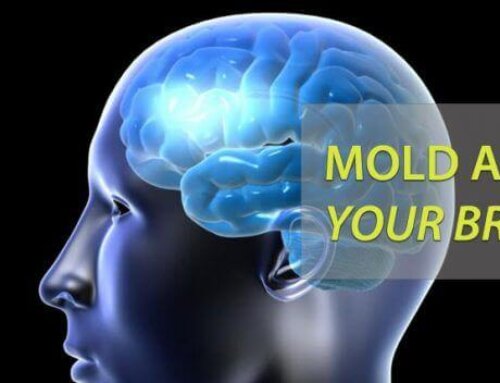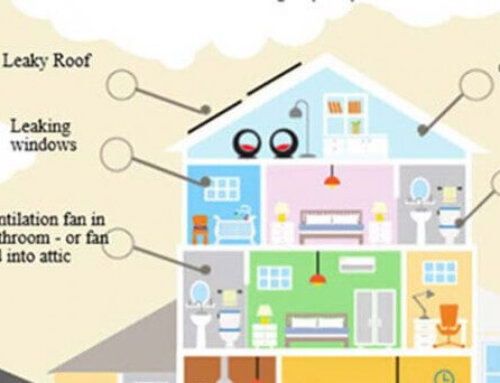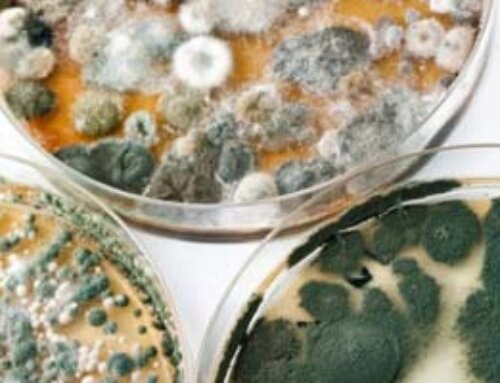Atlantic Corp. utilizes the Carolina Protocol of mold remediation in most cases because it is safe, effective, and less labor intensive than other methods. And, less labor means less expensive for our clients.
The Carolina Protocol is named for our region as the process was developed and proven effective by mold professionals in the area. We have performed hundreds of mold remediation projects using this method. The process of mold removal includes the removal of any contaminated material and/or the cleaning of contaminated surfaces. For example if mold were found in your kitchen the dry wall would be bagged and removed then the framing would be cleaned by sanding, wire scraping, or blasting with either dry ice or soda. This is the labor intensive part of the process and the Carolina Protocol offers an effective alternative.
The Carolina Protocol
The Carolina Protocol includes the following steps used by trained technicians in combination with the use of personal protective equipment (PPE).
- A complete and detailed inspection of the contaminated site is performed.
- An Indoor Environmental Professional (IEP) is consulted if appropriate.
- A work protocol is written by either an IEP or the remediation contractor.
- The work area is properly contained and correct negative air pressure is established.
- Based on the protocol, demolition and/or removal of material that can be removed is performed.
- The remaining structure (framing lumber, plywood, oriented strand board, etc.) is to be cleaned using a high concentration of hydrogen peroxide.
- All surfaces are HEPA (high-efficiency particulate air) vacuumed.
- All materials should be dried, if needed, to below 16 percent moisture content.
- All affected surfaces are sprayed with hydrogen peroxide until they are visibly wet.
- The hydrogen peroxide is allowed contact time according to the manufacturer’s label instructions.
- All the surfaces are again HEPA vacuumed.
- An EPA-registered biocide should be applied, following label directions, to ensure any remaining microbes are destroyed.
- All materials should have been dried to a proper dry standard, which must be below 16 percent moisture content, double-checking to ensure all materials are dry.
- An inspection is performed by the remediation contractor. This inspection may include the use of a particle counter or other sampling tools or techniques.
- The use of an IEP for clearance testing.
- Consideration should be given to applying some form of surface protection, which will inhibit future microbial growth.
- Reconstruction is performed, when necessary, in accordance with local building codes and ordinances.
The key to this method is the high concentration of hydrogen peroxide. We use 6%-8% rather than 3%-4% sold in your local pharmacy. If you’ve used peroxide to clean a cut you’ve experienced the bubbling or oxidation. In the case of removing mold hydrogen peroxide’s oxidation effectively burns the mold down to the roots in the porous surface successfully removing it in the process.
If you need mold removed in your home or place of work, contact Atlantic Corp. for a free estimate today.
